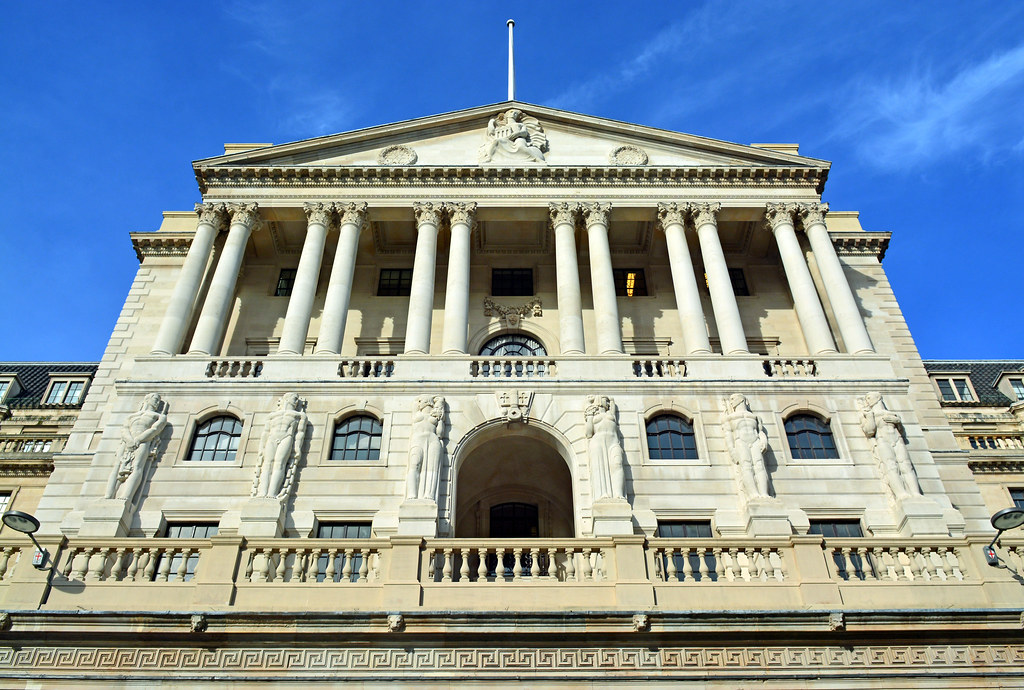The Bank of England’s decision to raise base rates from 0.25 per cent to 0.5 per cent could remove £100bn from the long-term liabilities of defined benefit (DB) pension schemes in the UK, according to XPS Pensions.
XPS Pensions’ DB:UK tracker estimated the reduction in liabilities could occur if longer-term gilt yields were to increase in line with base rates.
The estimated movement in liabilities was based on gilt yield movement alone and no allowance was made for changes to inflation or the market value of assets.
XPS Pensions noted that this does not allow for any offsetting reduction in value to hedged assets.
It stated that the potential reduction would be “welcome news” to DB schemes that are not fully hedged, as their funding positions should improve off the back of the Bank of England’s announcement, and that a rise in gilt yields coupled with the prospect of stable inflation usually mean "good news" for pension schemes.
“Rising inflation has been at the forefront of people’s minds since the supply-side concerns in 2021, and it is no surprise that the Bank of England is committing to a further increase in interest rates in an attempt to combat it,” said XPS Pensions Group senior investment consultant, Felix Currell.
“The key will be whether the right balance can be struck; will recent market growth be sustained with manageable inflation, or will investors lose confidence in a tightening monetary policy environment?”
This article first appeared on our sister title, Pensions Age.
Latest News
-
House prices inch upwards in November – Halifax
-
Retail investors pull £4.5bn from funds in October
-
Regulators outline new plans to grow mutuals sector
-
AJ Bell reports record financial year
-
First Mortgage acquires KFH’s mortgage division
-
Advisers seeking flexible IHT solutions amid increased estate planning demand
NEW BUILD IN FOCUS - NEW EPISODE OF THE MORTGAGE INSIDER PODCAST, OUT NOW

Figures from the National House-Building Council saw Q1 2025 register a 36% increase in new homes built across the UK compared with the same period last year, representing a striking development for the first-time buyer market. But with the higher cost of building, ongoing planning challenges and new and changing regulations, how sustainable is this growth? And what does it mean for brokers?
The role of the bridging market and technology usage in the industry
Content editor, Dan McGrath, sat down with chief operating officer at Black & White Bridging, Damien Druce, and head of development finance at Empire Global Finance, Pete Williams, to explore the role of the bridging sector, the role of AI across the industry and how the property market has fared in the Labour Government’s first year in office.
Does the North-South divide still exist in the UK housing market?

What do the most expensive parts of the country reveal about shifting demand? And why is the Manchester housing market now outperforming many southern counterparts?
In this episode of the Barclays Mortgage Insider Podcast, host Phil Spencer is joined by Lucian Cook, Head of Research at Savills, and Ross Jones, founder of Home Financial and Evolve Commercial Finance, to explore how regional trends are redefining the UK housing, mortgage and buy-to-let markets.
In this episode of the Barclays Mortgage Insider Podcast, host Phil Spencer is joined by Lucian Cook, Head of Research at Savills, and Ross Jones, founder of Home Financial and Evolve Commercial Finance, to explore how regional trends are redefining the UK housing, mortgage and buy-to-let markets.
The new episode of The Mortgage Insider podcast, out now

Regional housing markets now matter more than ever. While London and the Southeast still tend to dominate the headlines from a house price and affordability perspective, much of the growth in rental yields and buyer demand is coming from other parts of the UK.
In this episode of the Barclays Mortgage Insider Podcast, host Phil Spencer is joined by Lucian Cook, Head of Research at Savills, and Ross Jones, founder of Home Financial and Evolve Commercial Finance.
In this episode of the Barclays Mortgage Insider Podcast, host Phil Spencer is joined by Lucian Cook, Head of Research at Savills, and Ross Jones, founder of Home Financial and Evolve Commercial Finance.
© 2019 Perspective Publishing Privacy & Cookies












Recent Stories